
Earl of Westmorland is a title that has been created twice in the Peerage of England. The title was first created in 1397 for Ralph Neville. It was forfeited in 1571 by Charles Neville, 6th Earl of Westmorland, for leading the Rising of the North. It was revived in 1624 in favour of Sir Francis Fane, whose mother, Mary Neville, was a descendant of a younger son of the first Earl. The first Earl of the first creation had already become Baron Neville de Raby, and that was a subsidiary title for his successors. The current Earl holds the subsidiary title Baron Burghersh (1624).

Marquess of Abergavenny in the County of Monmouth, is a title in the Peerage of the United Kingdom created on 14 January 1876, along with the title Earl of Lewes, in the County of Sussex, for the 5th Earl of Abergavenny, a member of the Nevill family.

Baron Hastings is a title that has been created three times. The first creation was in the Peerage of England in 1290, and is extant. The second creation was in the Peerage of England in 1299, and became extinct on the death of the first holder in c. 1314. The third creation was in the Peerage of England in 1461, and has been in abeyance since 1960.

Baron de Clifford is a title in the Peerage of England. It was created in 1299 for Robert de Clifford (c.1274–1314), feudal baron of Clifford in Herefordshire, feudal baron of Skipton in Yorkshire and feudal baron of Appleby in Westmoreland. The title was created by writ, which means that it can descend through both male and female lines. The Norman family which later took the name de Clifford settled in England after the Norman Conquest of 1066 and was first seated in England at Clifford Castle in Herefordshire. The first Baron served as Earl Marshal of England but was killed at the Battle of Bannockburn in 1314. His 8th generation descendant the 11th Baron, was created Earl of Cumberland in 1525, whose grandson the 3rd Earl was a noted naval commander. On the latter's death in 1605, the earldom passed to his younger brother, the 4th Earl.

Baron Wharton is a title in the Peerage of England, originally granted by letters patent to the heirs male of the 1st Baron, which was forfeited in 1729 when the last male-line heir was declared an outlaw. The Barony was erroneously revived in 1916 by writ of summons, thanks to an 1844 decision in the House of Lords based on absence of documentation. As such, the current Barony of Wharton could more accurately be listed as a new Barony, created in 1916, with the precedence of the older Barony.
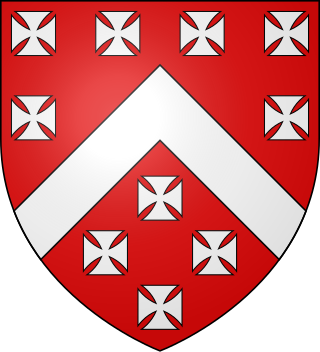
The title Baron Berkeley originated as a feudal title and was subsequently created twice in the Peerage of England by writ. It was first granted by writ to Thomas de Berkeley, 1st Baron Berkeley (1245–1321), 6th feudal Baron Berkeley, in 1295, but the title of that creation became extinct at the death of his great-great-grandson, the fifth Baron by writ, when no male heirs to the barony by writ remained, although the feudal barony continued. The next creation by writ was in 1421, for the last baron's nephew and heir James Berkeley. His son and successor William was created Viscount Berkeley in 1481, Earl of Nottingham in 1483, and Marquess of Berkeley in 1488. He had no surviving male issue, so the Marquessate and his other non-inherited titles became extinct on his death in 1491, whilst the barony passed de jure to his younger brother Maurice. However, William had disinherited Maurice because he considered him to have brought shame on the noble House of Berkeley by marrying beneath his status to Isabel, daughter of Philip Mead of Wraxhall, an Alderman and Mayor of Bristol. Instead, he bequeathed the castle, lands and lordships comprising the Barony of Berkeley to King Henry VII and his heirs male, failing which to descend to William's own rightful heirs. Thus on the death of King Edward VI in 1553, Henry VII's unmarried grandson, the Berkeley inheritance returned to the family. Therefore, Maurice and his descendants from 1492 to 1553 were de jure barons only, until the return of the title to the senior heir Henry, becoming de facto 7th Baron in 1553. Upon his death he was succeeded by his relative George Harding.
Baron Darcy de Knayth is a title in the Peerage of England. It was created in 1332 for John Darcy with remainder to his heirs general, allowing daughters to inherit.

Baron Stafford, referring to the town of Stafford, is a title that has been created several times in the Peerage of England. In the 14th century, the barons of the first creation were made earls. Those of the fifth creation, in the 17th century, became first viscounts and then earls. Since 1913, the title has been held by the Fitzherbert family.

Baron le Despencer is a title that has been created several times by writ in the Peerage of England.
Baron Furnivall is an ancient title in the Peerage of England. It was originally created when Thomas de Furnivall was summoned to the Model Parliament on 24 June 1295 as Lord Furnivall. The barony eventually passed to Thomas Nevill, who had married the first baron's descendant Joan de Furnivall, and he was summoned to parliament in her right. Their daughter, Maud de Neville, married John Talbot, who was also summoned to parliament in her right. He was later created Earl of Shrewsbury. On the death of the seventh earl in 1616, the barony fell into abeyance. The abeyance was terminated naturally in favour of the earl's daughter Alethea Howard in 1651 and passed through her to the Dukes of Norfolk. On the death of the ninth Duke in 1777, the barony again fell into abeyance. In 1913 the abeyance was terminated again in favour of Mary Frances Katherine Petre, daughter of Bernard Petre, 14th Baron Petre. Through her father she was a great-great-great-granddaughter of the ninth Baron Petre and his first wife Anne Howard, niece of the ninth Duke of Norfolk, who became co-heir to the Barony on her uncle's death in 1777. On Lady Furnivall's death in 1968 the barony fell into abeyance for the third time.

George Nevill, 5th Baron Bergavenny KG, PC, the family name often written Neville, was an English nobleman and courtier who held the office of Lord Warden of the Cinque Ports.
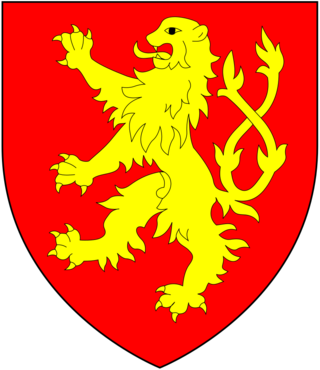
The title of Baron Burghersh has been created three times in the Peerage of England.

The titles Baron Montacute or Baron Montagu were created several times in the Peerage of England for members of the House of Montagu. The family name was Latinised to de Monte Acuto, meaning "from the sharp mountain"; the French form is an ancient spelling of mont aigu, with identical meaning.
Henry Nevill, 6th and de jure 4th Baron AbergavennyKG was an English peer. He was the son of Sir George Nevill, 5th Baron Bergavenny, and Mary Stafford. He succeeded to the barony upon the death of his father, George Nevill, 5th Baron Bergavenny.
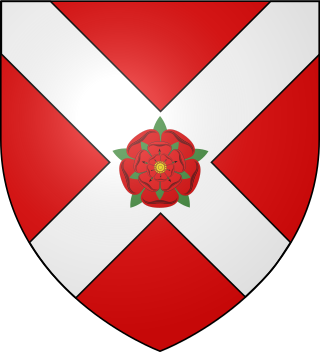
Edward Neville, de facto 3rd Baron Bergavenny was an English nobleman.

The title Baron Bourchier is an abeyant peerage which was created in the Peerage of England in 1342 for Sir Robert Bourchier, who had been Lord High Chancellor of England from 1340–41.
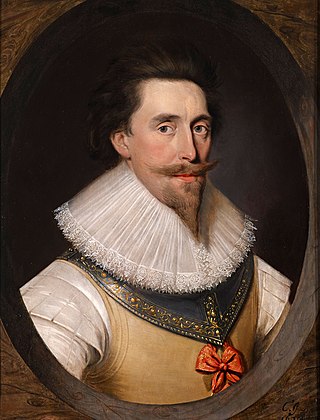
Francis Fane, 1st Earl of Westmorland, of Mereworth in Kent and of Apethorpe in Northamptonshire was an English landowner and politician who sat in the House of Commons between 1601 and 1624 and then was raised to the Peerage as Earl of Westmorland.
Frances Neville, Baroness Bergavenny (also Nevill was an English noblewoman and author. Little is known of either Lady or Lord Bergavenny, except that the latter was accused of behaving in a riotous and unclean manner by some Puritan commentators. Lady Bergavenny's work appeared in The Monument of Matrones in 1582 and was a series of "Praiers". Her devotions were sixty-seven prose prayers, one metrical prayer against vice, a long acrostic prayer on her daughter's name, and an acrostic prayer containing her own name.
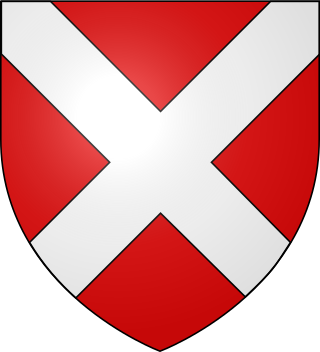
The Neville or Nevill family is a noble house of early medieval origin, which was a leading force in English politics in the Late Middle Ages. The family became one of the two major powers in northern England and played a central role in the Wars of the Roses along with their rival, the House of Percy.
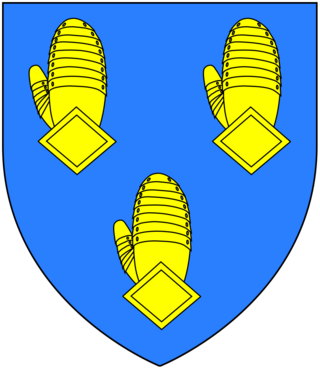
Thomas Fane of Badsell Manor in the parish of Tudeley in Kent, and of Mereworth Castle, Kent, was Sheriff of Kent. He is not to be confused with his younger brother, Thomas Fane, of Burston, Hunton, Kent, a Member of Parliament for Dover.













